With a growing emphasis on addressing climate change, reducing the carbon footprint of our homes becomes crucial. In such a context, architects and designers are making a conscious effort to design buildings and interiors that respect nature and contribute to a better planet amidst modern consumerism. As a result, sustainable interior design has emerged as the latest trend, promoting mindful living through the use of sustainable materials and methodologies that aim to minimise environmental impact.
Why is sustainability important in interior design?
Sustainability is integral to eco-conscious interior design, particularly in new constructions where designers employ energy-saving practices and encourage the use of responsibly sourced materials. Sustainable design can be achieved by utilising strategies like passive heating and cooling for comfort, smart technology to boost energy efficiency, low VOC materials to improve indoor air quality, and optimised natural lighting to lessen dependence on electrical lighting. Interior designers play a crucial role in improving the sustainability and well-being of homes through strategic use of design strategies, fostering innovation to achieve a curated and eco-friendly design.
Goldfinger x Inhabit Dining Table by Goldfinger
The Goldfinger x Inhabit dining table showcases a simple, honest form crafted using traditional timber frame joinery from solid British-grown wood. This table highlights the timber's quality with a sturdy base and curved-edged tabletop, all assembled using traditional techniques for lasting durability and timeless appeal. Made from high-quality hardwoods sourced exclusively from responsibly managed British woodlands or locally salvaged, it combines elegance with a commitment to sustainability.
How do you know if something is sustainable?
When choosing products, it is highly recommended to opt for brands that adhere to fair and sustainable practices. Consider products made of 100% recycled materials to ensure genuine environmental commitment or go for products with the FSC (Forest Stewardship Council) certification, guaranteeing responsibly sourced wood and wood-based products.
Santorini Green Dining Chair by Mediterranea Design
Santorini, crafted by Italian firm Mediterranea Design, showcases an innovative 3D-printing technique to achieve its expressive wave-like form. Made from a single piece of PLA bioplastic, a biodegradable material derived from renewable resources like corn starch or sugarcane, this chair combines lightweight aesthetics with a ridged surface inspired by Santorini's coastal landscape.
What are sustainable design strategies?
Across functional and luxurious interiors alike, integrating these five principles of interior design and sustainability highlights the art of crafting sophisticated spaces with a focus on environmental responsibility.
1. Energy Efficiency
As buildings contribute significantly to global carbon emissions, improving the energy efficiency of a building involves minimising heating, cooling, and lighting demands. This can be achieved by maximising natural light that connects indoors with the outdoors, while well-insulated windows, blinds, and shades reduce heat loss and prevent cold drafts. Additionally, painting the walls in lighter colours reduces the need for artificial lighting compared to darker rooms, while LED lights and energy-efficient appliances reduce the amount of energy needed for heating, lighting, and running appliances. Incorporating alternative energy sources like solar power offers a sustainable solution to energy needs and ensures energy conservation.
Object Light 018 by Naama Hofman
Naama Hofman's Light Object 018 is a minimalist pendant crafted from hand-assembled brass rods, it features a single line of energy-efficient LED light suspended from the ceiling. This design provides effective illumination above dining tables or kitchen islands, blending bold aesthetics with sustainable lighting solutions that prioritise energy efficiency.
2. Choose Sustainable Materials
Consider eco-conscious materials that are renewable with low environmental impact and ethical manufacturing processes, focusing on green materials like reclaimed wood, recycled metal, bamboo, cork, and jute. Note that bamboo's rapid growth makes it ideal for sustainable furniture, jute rugs add earthy texture, and organic textiles such as ethically sourced cotton and bamboo offer softness and comfort.
Joe Lucas Rattan Occasional Chair by Justin Van Breda
The occasional chair, created through a partnership between Justin Van Breda and Joe Lucas, features robust rattan and bent rattan with a distinctive curved profile. This green material offers timeless charm and supports sustainable design practices, while the chair's enveloping cocoon shape and plush cushion ensure enhanced comfort, making it an ideal choice for any space.
3. Reduce Wastage
Reducing wastage is pivotal in eco-conscious interior design, aligned with the growing trend towards sustainability. Practices like recycling, upcycling, and repurposing are integral as creatively repurposing items generates less waste, minimises landfill waste, and offers sustainable alternatives to discarding outdated materials.
Grigio Orobico Marble Side Table by Stone Stackers
The Grigio Orobico Marble Side Table by Stone Stackers embodies the art of stone stacking with its central support crafted from repurposed marble fragments and a round top, crafted from Grigio Orobico marble. Italy-based furniture brand Stone Stackers' dedication to environmental sustainability is evident in their use of marble waste to create elegant and functional pieces.
4. Invest in Durable Pieces
It is important to select durable, long-lasting pieces to emphasise eco-conscious interior design, prioritising quality and the need to craft flexible spaces that need minimal redesigning and are easy to maintain. In sustainable interior design, there is a focus on material longevity and cost-effectiveness to create functional spaces that retain their classic appeal over time.
Wormley Dining Chair by Duistt
The Wormley dining chair by Duistt combines midcentury American design with a streamlined wooden frame crafted from premium materials, featuring a sturdy woven cane backrest, cushioned seat, and polished brass feet for durability and refinement. This chair complements diverse interior styles and reflects Duistt’s dedication to creating long-lasting, sustainable furniture through meticulous craftsmanship.
5. Create a Healthy Environment
Choose eco-friendly materials such as low-VOC paints to enhance indoor air quality, as the indoor environments significantly impact our well-being. Biophilia, an important sustainable interior design trend, integrates natural elements and air-purifying plants to foster a connection with nature and ensure the well-being of occupants.
Therefore, eco-conscious interior design seamlessly integrates elegance with environmental mindfulness by prioritising sustainable materials, responsible production methods, and cutting-edge innovations. Also, embracing minimalism enhances functionality and sustainability, cultivating clutter-free and visually striking spaces that demand fewer possessions and lessen the environmental impact of manufacturing excess items.
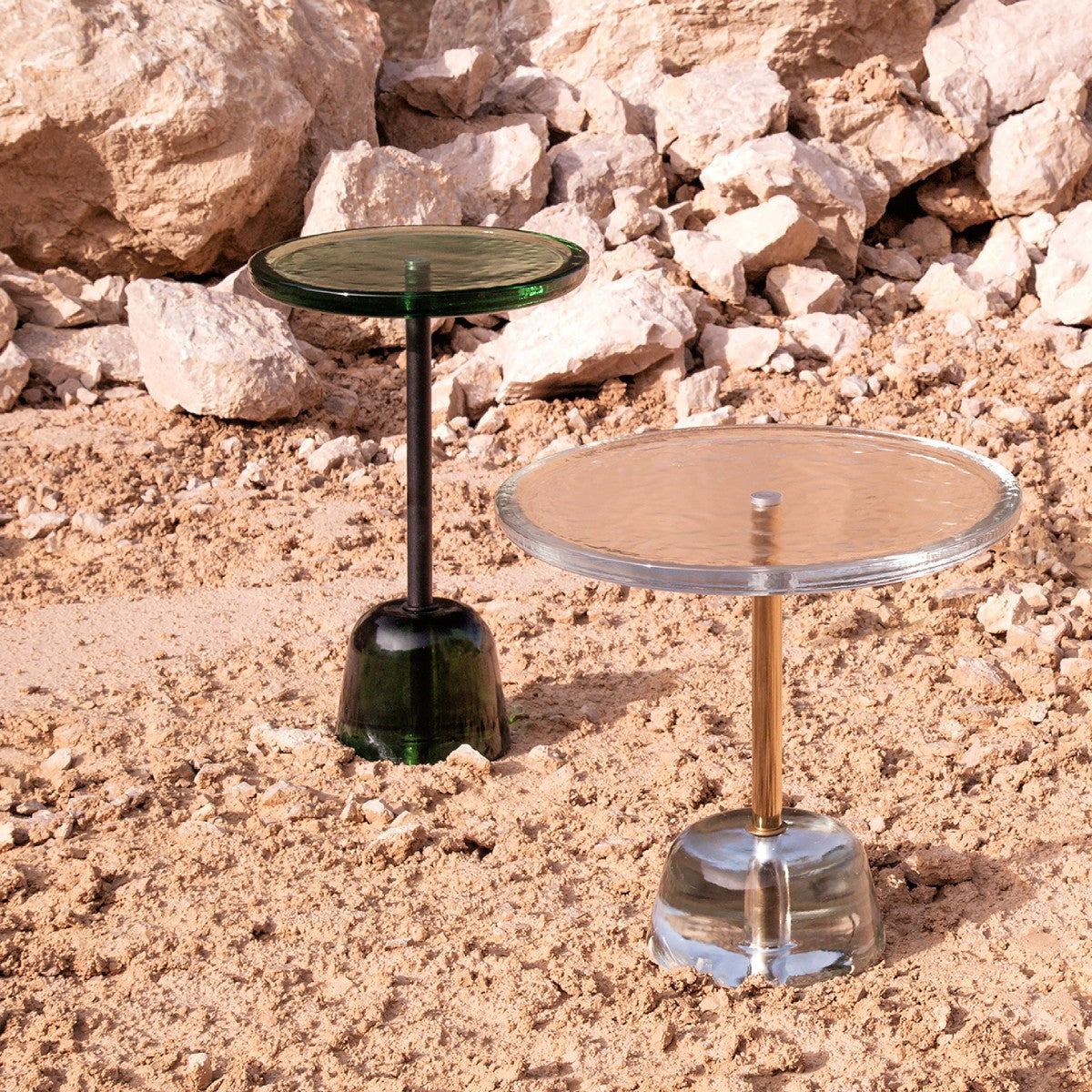
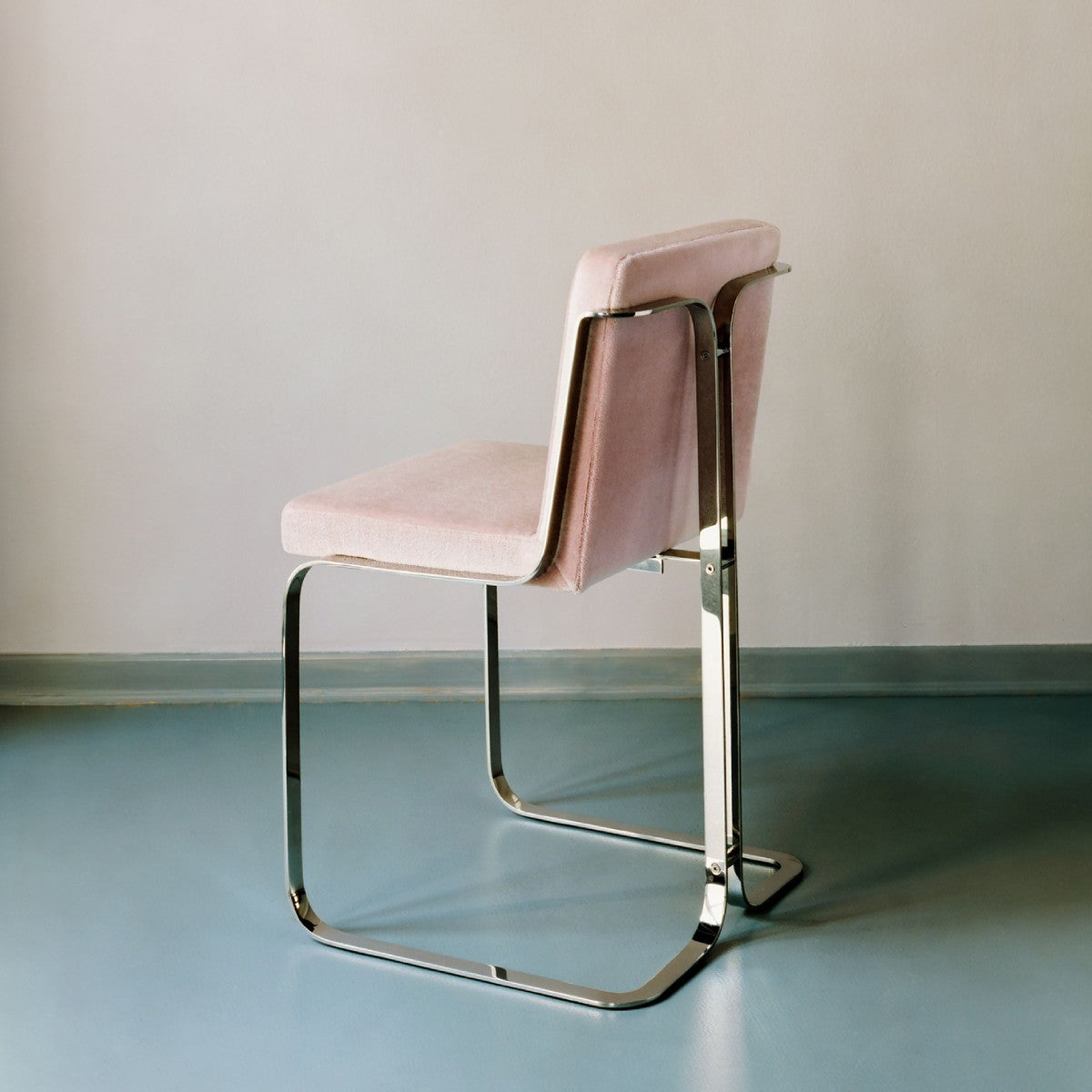

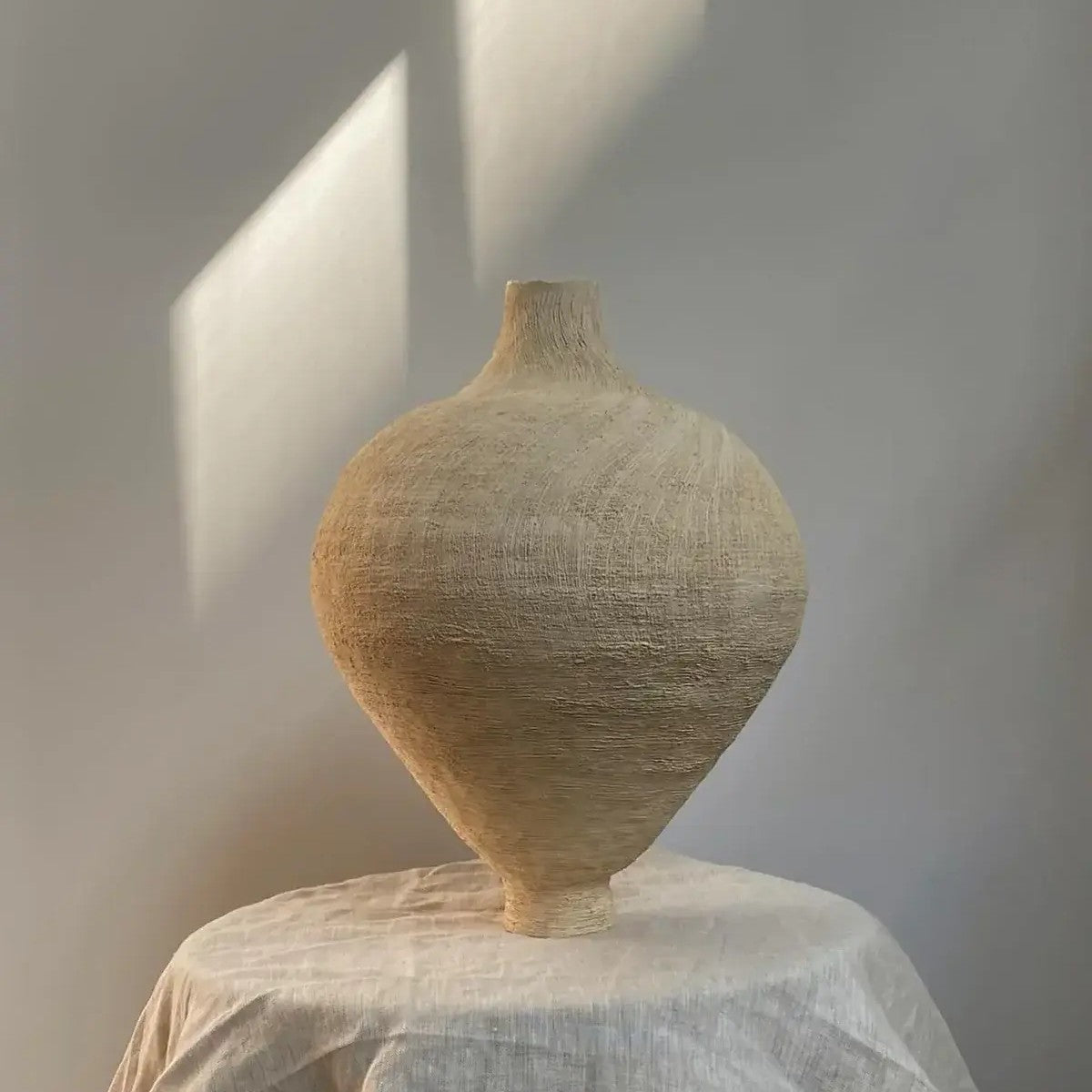
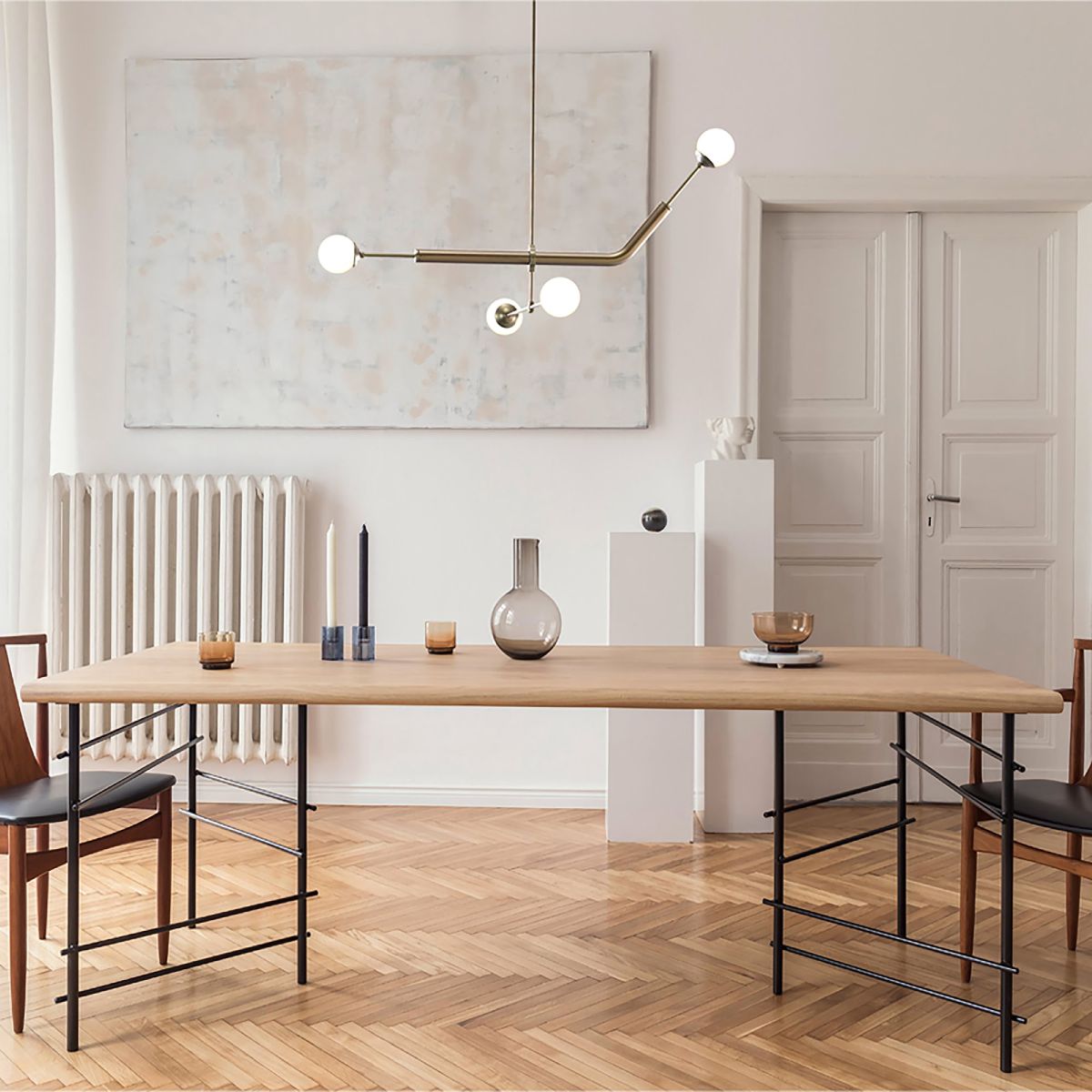









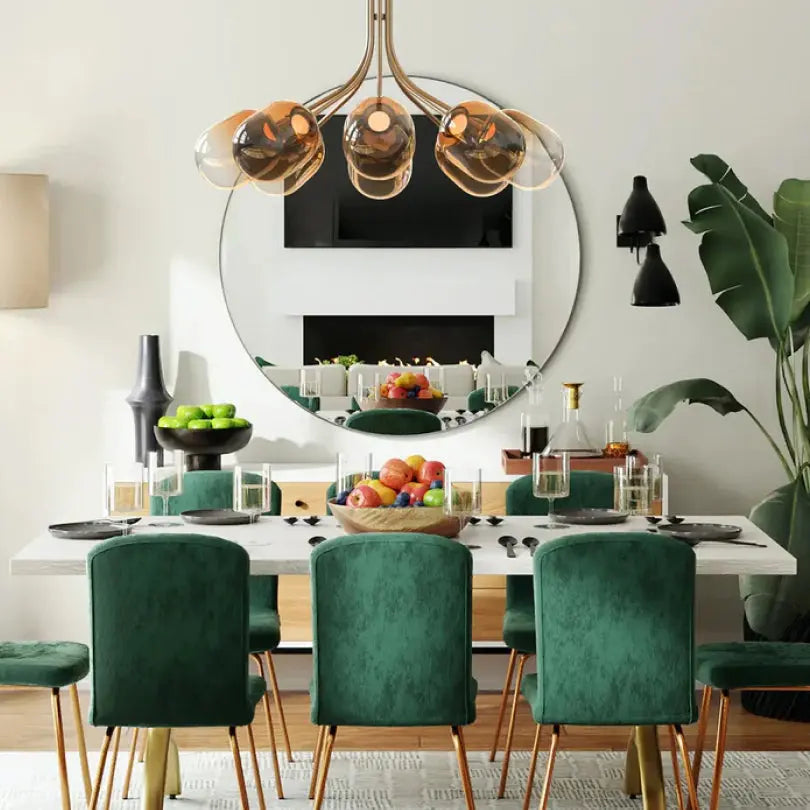

Leave a comment
This site is protected by hCaptcha and the hCaptcha Privacy Policy and Terms of Service apply.